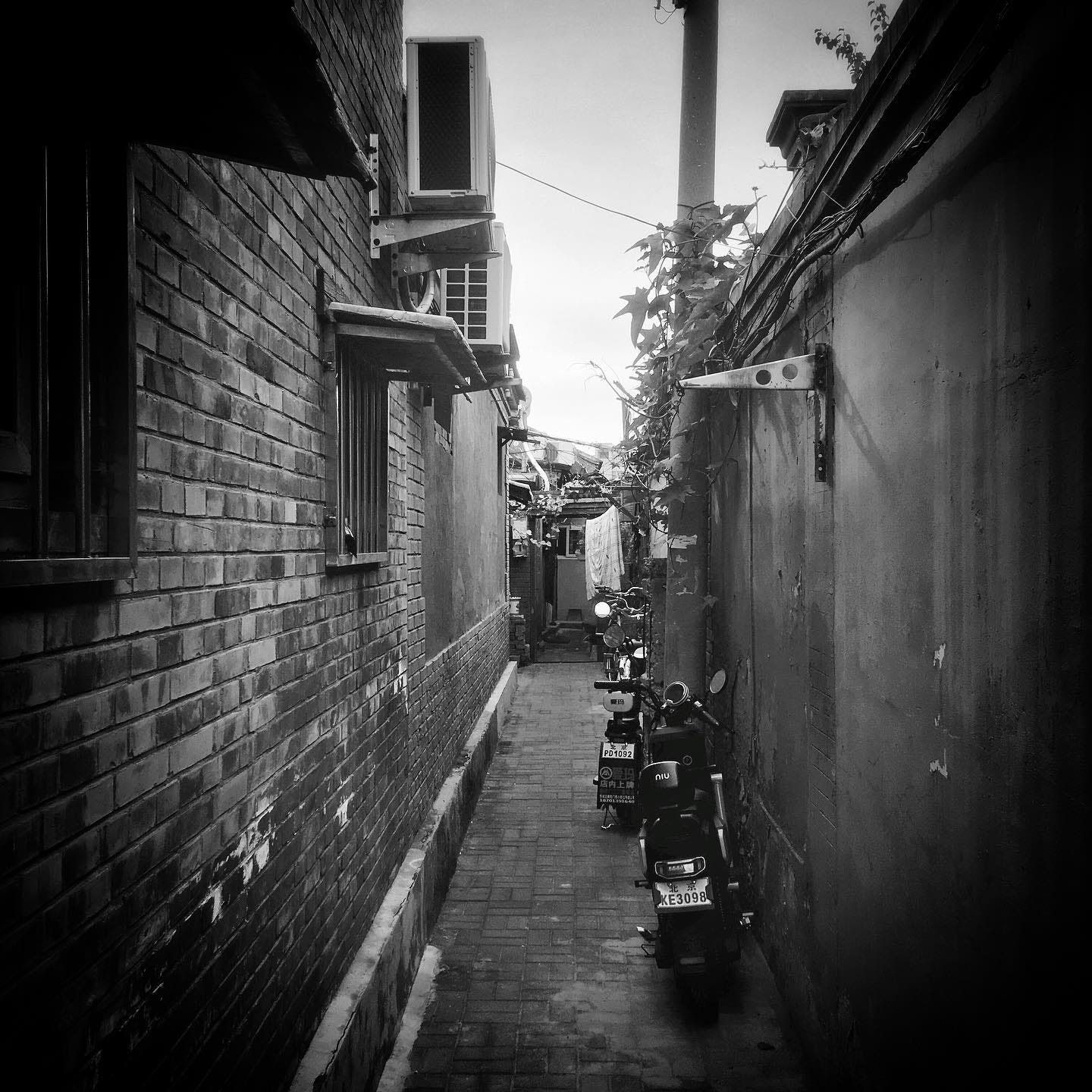China escalates tensions with Japan
Warnings, cancelations, and diplomatic threats mark a week of rising China–Japan friction
Welcome back to What’s Happening in China, your weekly China brief.
Jumping straight in this week.
— PC
Through the Lens
In Focus
I. Take it back!
Japanese Prime Minister Sanae Takaichi rebuffed demands from China to retract her recent comments about Taiwan, saying there was no change to Tokyo’s stance on how it would respond to a major regional security crisis.
Takaichi recently became the first sitting Japanese leader in decades to publicly link a Taiwan Strait crisis with the possible deployment of Japanese troops, prompting a furious response and economic retaliation from Beijing.
Since then, she has limited herself to the more vague position repeated by recent Japanese prime ministers, and in remarks to reporters on Friday before departing for a G-20 meeting in South Africa she reiterated that stance.
Asked if she planned to retract the comment that infuriated Beijing, she said: “Regarding a situation threatening Japan’s existence, the government will make a comprehensive judgment based on all available information, taking into account the specific circumstances of each actual situation as it arises.”
“I myself have repeatedly stated this position in my responses. The government’s stance remains consistent,” she added.
Read: Japan’s Takaichi Rejects China Demand to Retract Taiwan Remarks (Bloomberg)
Related:
China warns citizens against Japan travel as Taiwan spat escalates (CNN)
Japan warns citizens in China over safety amidst Taiwan row (HKFP)
China Delays Multiple Japanese Film Releases Amid Escalating Political Tensions (Caixin)
Japanese concerts in China are getting abruptly canceled as tensions simmer (CNBC)
Japan set to lean on U.S. allies for support if China escalates (The Japan Times)
Taiwan’s leader shows solidarity with Japan amid standoff with China by wielding a plateful of sushi (CBS News)
US ‘has Sanae Takaichi’s back’ in Japan’s escalating row with China (Financial Times)
US pulls missile system from Japan as Beijing-Tokyo row over Taiwan deepens (SCMP)
Japan is ‘unqualified’ for permanent place on UN Security Council, Chinese ambassador says (SCMP)
PM Takaichi’s Taiwan remarks cloud prospects for new pandas in Japan (Kyodo News)
II. How many zeros in $2.2 trillion?
Washington has spent years warning countries about the dangers of accepting Chinese loans. But over the past two decades the United States has been the largest recipient globally.
That’s the finding of a new report by AidData, a research lab at William & Mary university in Virginia, which has compiled the most expansive public database to date on China’s overseas lending activities.
The findings, released Tuesday, reveal that government or majority state-owned Chinese entities loaned or granted $2.2 trillion of aid and credit spread across more than 200 countries between 2000 and 2023.
And at the top of that list of recipients is the US – a finding that the researchers say stands counter to a common assumption that Chinese financing has mainly poured into developing nations, for example under the auspices of Chinese leader Xi Jinping’s flagship infrastructure drive the Belt and Road Initiative.
Read: In China’s global lending spree, the US has been the biggest beneficiary, study finds (CNN)
Related: A Chinese firm bought an insurer for CIA agents - part of Beijing’s trillion dollar spending spree (BBC)
III. Food for thought
Beijing has levied billions of dollars of agricultural sanctions against the U.S., the European Union, and Canada, after they imposed duties on Chinese EVs to protect their own automakers. China has said it will lift farm tariffs only when Western governments drop EV duties.
The trade war began in May last year when the U.S. increased tariffs on Chinese EVs from 25% to 100%. In July, Europe imposed duties between 17% and 35%, and Canada matched the U.S.’ rate the following month. While Western governments blame Chinese EV dominance on state sops and cheap labor, China’s real advantage lies in building better cars, cheaper.
“The Chinese auto market is clearly ahead of most Western countries, in terms of product uniqueness and technology,” Babak Hafezi, founder of consulting firm HafeziCapital, told Rest of World.
China’s response came in real time. In mid-2024, China began targeting agricultural products like pork and brandy in the EU, canola in Canada, and soybean in the U.S. The strategy is aimed at hurting rural farming communities, which can have significant political sway.
“Even a slight adjustment in China’s import preferences can ripple through farming regions and rural constituencies that carry significant political weight,” Mingzhi Jimmy Xu, associate professor at Beijing’s Peking University, told Rest of World. “Without issuing any direct threats, China can therefore create powerful incentives for policymakers to reassess tariff escalation and reengage in dialogue.”
Read: China launches agricultural sanctions in response to U.S., EU electric vehicle tariffs (Rest of World)
Keep reading with a 7-day free trial
Subscribe to What's Happening in China to keep reading this post and get 7 days of free access to the full post archives.

